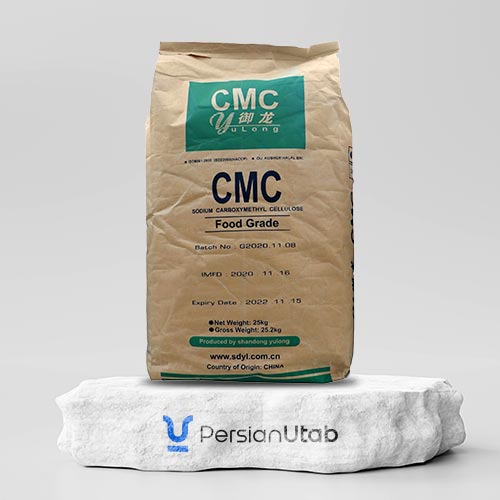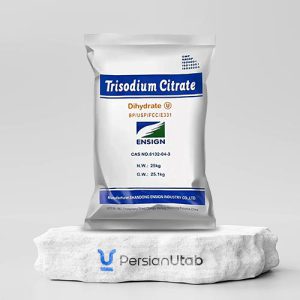Carboxymethyl cellulose (CMC) or cellulose gum is an alkaline substance derived from cellulose. In the food industry, CMC refers to the sodium salt of this substance (sodium carboxymethyl cellulose). CMC has low solubility in water, and for this reason, its sodium salt is used to enhance its solubility.
Carboxymethyl cellulose (CMC) is produced in two stages: Carboxymethyl cellulose (CMC) is produced in two stages: 1. Alkalization of Cellulose: In the first stage, cellulose pulp is dispersed in an alkaline solution, typically sodium hydroxide (5-50%). This process results in the formation of alkali cellulose. 1. Etherification of Alkali Cellulose: In the second stage, the alkali cellulose is etherified by reacting it with sodium monochloroacetate (up to 30%) in an aqueous alcohol medium. The mixture of alkali cellulose and etherifying agent is heated in the presence of an alkaline catalyst (50 to 75 degrees Celsius) and stirred throughout the process. Alternative names: Croscarmellose, CMC Chemical formulaC8H16O8
A maximum of 2 years in a cool and dry environment with proper ventilation
In 25kg packages
Need more information?
If you have any further questions about our products or didn't find the raw material you're looking for, please Inquire for a customized quote
We will contact you within one hour after submitting your request during working hours.


